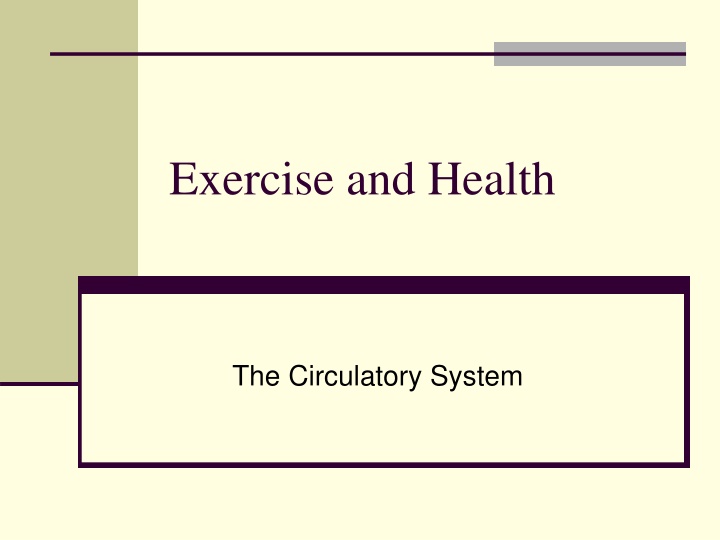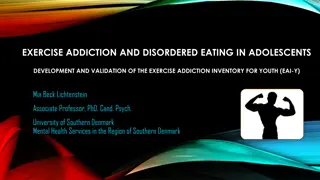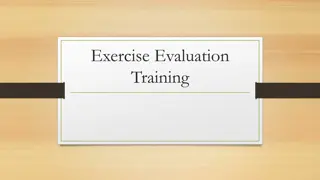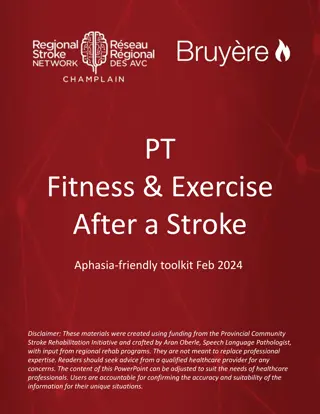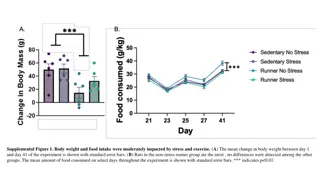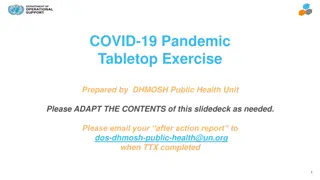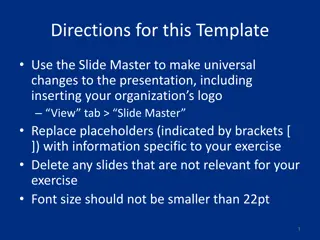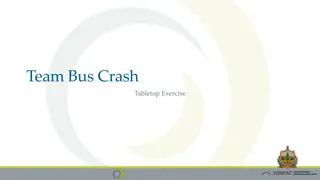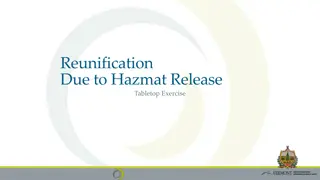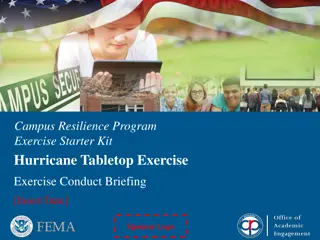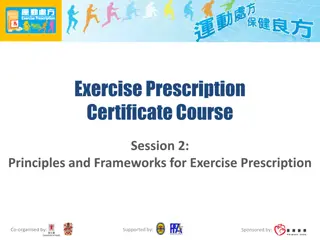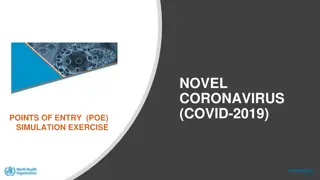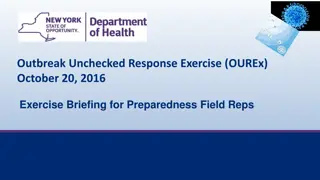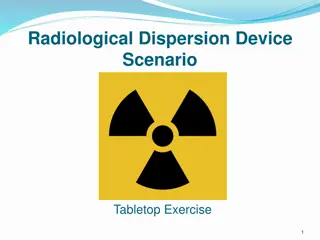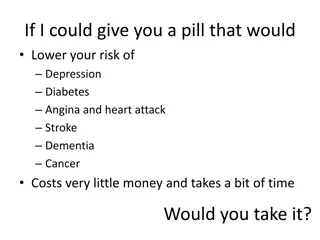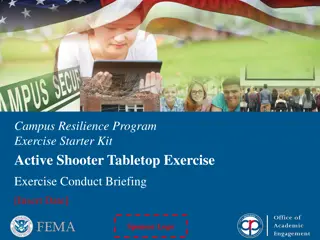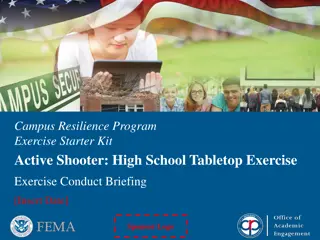Exercise and Health
"Explore the intricate network of blood vessels in the circulatory system, illustrating how blood travels throughout the body. Starting from the head and arms, the journey includes the pulmonary artery, veins, lungs, aorta, liver, digestive system, and kidneys. Visual diagrams help understand the path blood takes to nourish every cell."
Download Presentation

Please find below an Image/Link to download the presentation.
The content on the website is provided AS IS for your information and personal use only. It may not be sold, licensed, or shared on other websites without obtaining consent from the author.If you encounter any issues during the download, it is possible that the publisher has removed the file from their server.
You are allowed to download the files provided on this website for personal or commercial use, subject to the condition that they are used lawfully. All files are the property of their respective owners.
The content on the website is provided AS IS for your information and personal use only. It may not be sold, licensed, or shared on other websites without obtaining consent from the author.
E N D
Presentation Transcript
Exercise and Health The Circulatory System
The Circulatory System Blood circulates to every cell in the body. The following diagram shows the main blood vessels and explains how blood circulates to all parts of the body.
head and arms pulmonary artery
head and arms pulmonary artery pulmonary vein
head and arms pulmonary artery pulmonary vein lungs
head and arms pulmonary artery pulmonary vein lungs vena cave
head and arms pulmonary artery pulmonary vein lungs aorta vena cave
head and arms pulmonary artery pulmonary vein lungs aorta vena cave liver
head and arms pulmonary artery pulmonary vein lungs aorta vena cave hepatic artery hepatic vein liver
head and arms pulmonary artery pulmonary vein lungs aorta vena cave hepatic artery hepatic vein liver digestive system
head and arms pulmonary artery pulmonary vein lungs aorta vena cave hepatic artery hepatic vein liver hepatic portal vein digestive system
head and arms pulmonary artery pulmonary vein lungs aorta vena cave hepatic artery hepatic vein liver hepatic portal vein digestive system kidneys
head and arms pulmonary artery pulmonary vein lungs aorta vena cave hepatic artery hepatic vein liver hepatic portal vein digestive system renal vein renal artery kidneys
head and arms pulmonary artery pulmonary vein lungs aorta vena cave hepatic artery hepatic vein liver hepatic portal vein digestive system renal vein renal artery kidneys legs
Red cells Do not have a nucleus Biconcave discs Contain the chemical haemoglobin. Haemoglobin carries oxygen around the body. At the centre of the haemoglobin molecule is an iron atom.
air sac in the lung
air sac in the lung oxygen
air sac in the lung oxygen 1 as blood flows through the lungs the haemoglobin in the red cells picks up oxygen
air sac in the lung 2 Haemoglobin and oxygen join to make oxyhaemoglobin oxygen 1 as blood flows through the lungs the haemoglobin in the red cells picks up oxygen
air sac in the lung 2 Haemoglobin and oxygen join to make oxyhaemoglobin oxygen 3 when the blood flows past cells with very little oxygen in them the oxyhaemoglobin breaks down 1 as blood flows through the lungs the haemoglobin in the red cells picks up oxygen
air sac in the lung 2 Haemoglobin and oxygen join to make oxyhaemoglobin oxygen 3 when the blood flows past cells with very little oxygen in them the oxyhaemoglobin breaks down 1 as blood flows through the lungs the haemoglobin in the red cells picks up oxygen oxygen diffuses into the cells of the body oxygen is used for respiration
air sac in the lung 2 Haemoglobin and oxygen join to make oxyhaemoglobin oxygen 3 when the blood flows past cells with very little oxygen in them the oxyhaemoglobin breaks down 1 as blood flows through the lungs the haemoglobin in the red cells picks up oxygen 4 the haemoglobin in the red cells goes back to the lungs to pick up more oxygen oxygen diffuses into the cells of the body oxygen is used for respiration
Functions of the blood Oxygen is carried in the red cells Carbon dioxide is carried in the plasma
Functions of the blood digested foods are carried in the plasma
Functions of the blood Urea (waste substance) is carried in the plasma from the liver to the kidneys
Functions of the blood Hormones are carried in the plasma
Functions of the blood Heat is carried in the blood
BIOLOGY TEXT Read p26-27 and answer question 1 off p27
This powerpoint was kindly donated to www.worldofteaching.com http://www.worldofteaching.com is home to over a thousand powerpoints submitted by teachers. This is a completely free site and requires no registration. Please visit and I hope it will help in your teaching.
